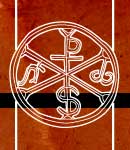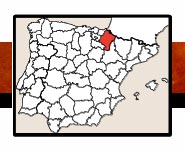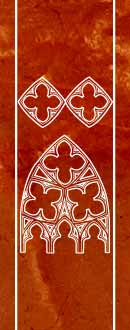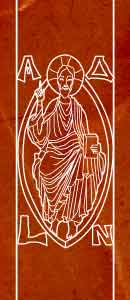


 |
 |
||
 |
|||
 |
/comple-nava/NAVA-EstelP-40.jpg) |
-55/BOOK-cort-40.jpg) |
 |
/comple-nava/NAV-Estell-W-50.jpg) |
||
/comple-nava/TT-NAV-EstelP-W-50.jpg) |
|||
ACCESO : Se ubica junto a la A-12 (Logroño-Pamplona), para visitar los monumentos ver el plano. ACCESO PARA MINUSVÁLIDOS : Visita exterior (Santo Sepulcro, puerta de Castilla, puente de la Cárcel), acceso no factible por escalones (San Pedro y San Miguel), acceso factible (Monasterio de Iratxe, Museo del Carlismo –rampa- y Palacio de los Reyes de Navarra). |
/350-PLN-EsteP-50.jpg) |
ACCESS : It is located next to the A-12 (Logroño-Pamplona), to visit the monuments see the map. ACCESS FOR HANDICAPPED : Outside visit (Santo Sepulcro, Gate of Castile, Bridge of La Cácerl), access not feasible by steps (San Pedro and San Miguel), feasible access (Iratxe Monastery, Carlism Museum – ramp- and Palace of the Navarre Kings). |
|||||
 |
|||||||